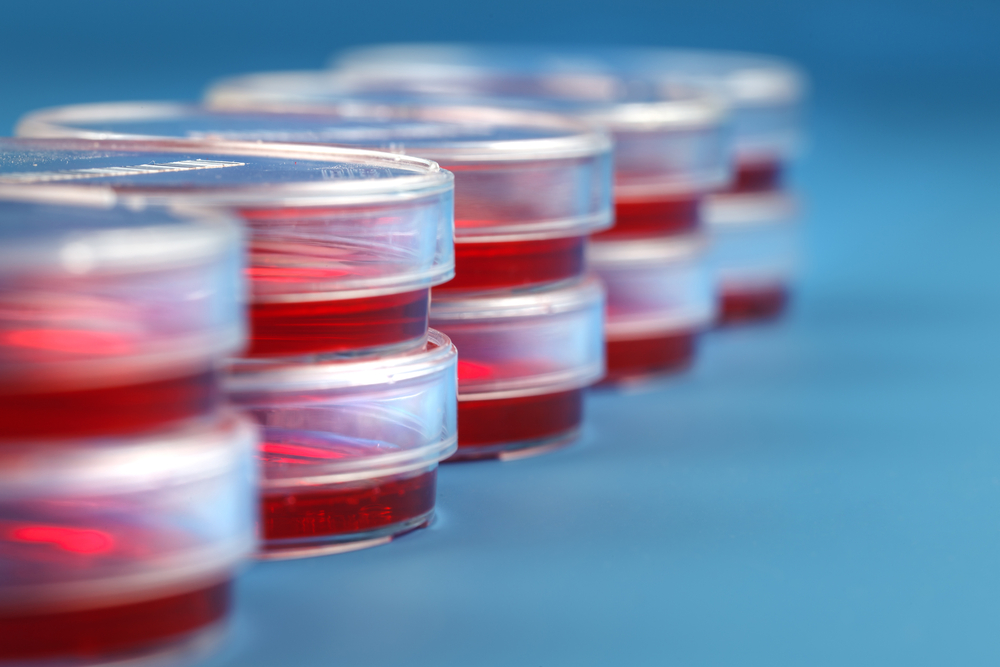New Potential Therapeutic Target for SMA Identified in Mouse Study

A key player in a pathway known as the cell’s “cleaning system” could be a promising target for alternative approaches to treating spinal muscular atrophy (SMA), a mouse study suggests.
The study, “Blocking p62-dependent SMN degradation ameliorates spinal muscular atrophy disease phenotypes,” was published in The Journal of Clinical Investigation.
Several lines of research have supported the idea that increasing the levels of the survival motor neuron (SMN) protein — the protein deficient in SMA — can reverse disease symptoms.
Everyone has two genes — SMN1 and SMN2 — that provide instructions for making the SMN protein. Most of this protein is made from SMN1, but SMA patients have a mutation in the SMN1 gene that cause the body to not produce enough SMN protein.
The SMN2 gene can also make an SMN protein, but due to a difference in the coding sequence of this gene, most of the protein made from this gene is shorter and gets destroyed by cells.
Most therapy development pipelines have focused on altering the function of SMN1 or SMN2 genes to produce a functional SMN protein.
For example, Biogen‘s Spinraza (nusinersen), the only approved SMA treatment, works by increasing the ability of the SMN2 gene to produce a full-length SMN protein.
Harvard University researchers are now exploring a new approach to raise the levels of SMN proteins by silencing one of the molecular players responsible for this protein’s degradation inside cells.
All cells run a process called autophagy, considered a “cleaning system” to dispose of toxic materials, such as proteins damaged by disease and microbes.
Autophagy can select proteins for degradation using receptors that work like “passports,” which recognize certain proteins, delivering them for degradation.
One of these receptors specifically binds to SMN, directing it to be destroyed.
Researchers demonstrated that SMN protein levels depend on autophagy: When autophagy is blocked in healthy cells, SMN levels increase. Conversely, when autophagy is triggered, SMN levels drop.
Join our SMA News Today Forums to stay on top of the latest SMA research news!
They were able to identify the molecule that works as a “passport,” and is responsible for delivering SMN for degradation: a protein called p62.
When this molecule was inhibited in lab-grown motor neurons derived from SMA patients, SMN degradation was slowed, and the protein accumulated inside motor neurons.
Both pharmacological and genetic inhibition of p62 in an SMA mouse model significantly increased the size and innervation, or nerve supply, of muscle fibers, completely restoring the survival of motor neurons in the spinal cord of SMA mice. Importantly, the animals had a 50% increase in their mean lifespan.
Human SMA cells were shown to have a defective autophagic mechanism, resulting in the accumulation of p62. “We postulate that abnormally high p62 levels may aggravate autophagy impairment and constitute the basis for the buildup of toxic species that enhance susceptibility to cell death.” the researchers wrote.
The emergent role of autophagy in SMA is gaining increased attention from researchers. In fact, the importance of autophagy and the potential of alternative or combination therapies that act on this pathway were also the focus of a recent article published in Neural Regeneration Research.
“[T]his work shows that reducing p62 levels, which are aberrantly increased in the disease, could represent a new strategy for developing SMA therapeutics,” the researchers said.
“Understanding … whether compromised autophagy contributes to SMA progression, will be essential for the future development of therapeutics that act on this pathway to prevent neuronal degeneration.” they concluded.







